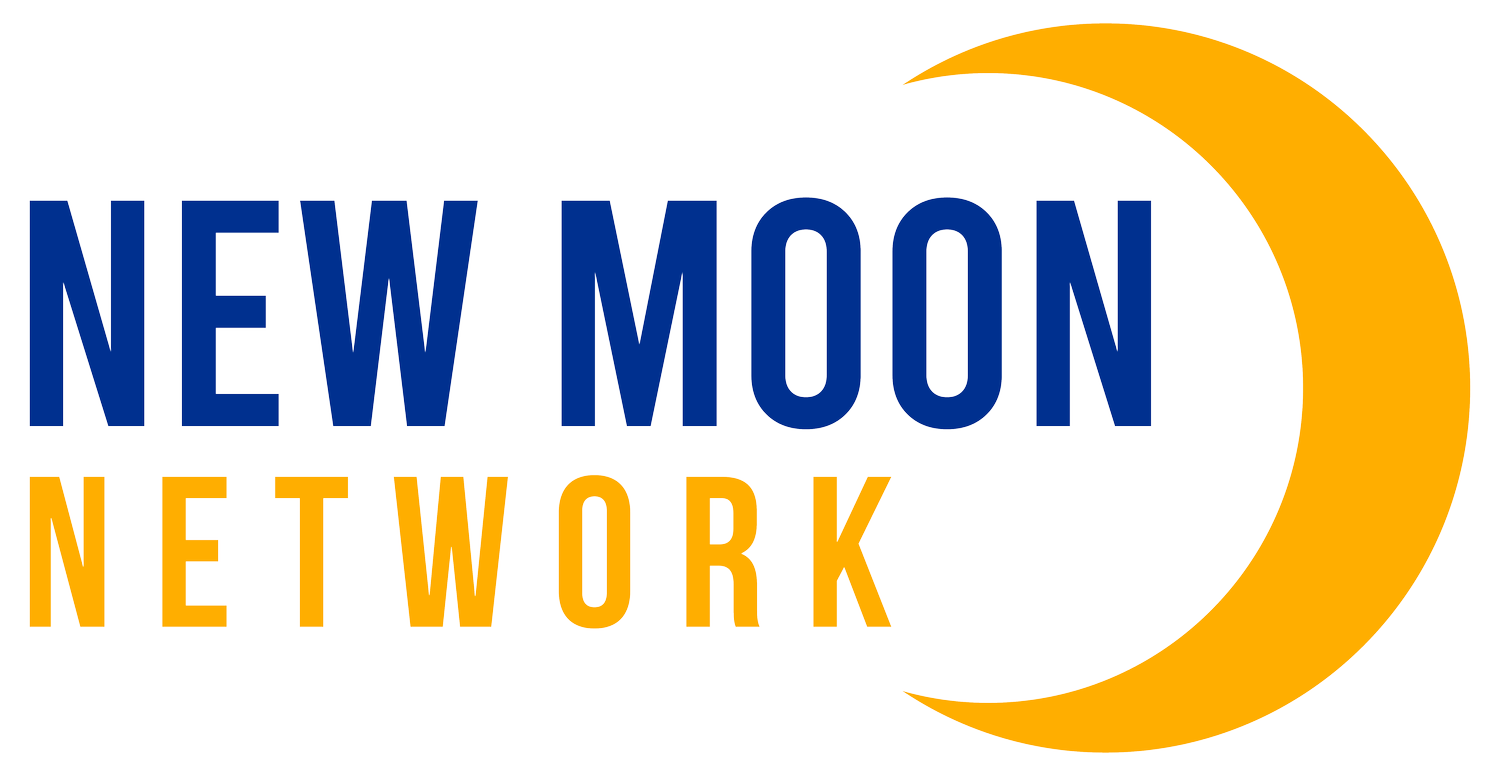The Rapidly Accelerating Movement for Sex Workers Rights in the US
Mapping the Movement: Part of New Moon’s strategy is to reach and connect with grassroots, sex workers’ rights organizations through microgranting and capacity building programming.
Over the past 20 years, the sex workers’ rights movement in the United States has gained momentum, driven by grassroots organizing and advocacy for dignity, safety, and decriminalization. At New Moon, we believe that this progress has been inspired by multiple factors including pushback against the widespread conflation of consensual sex work with sex trafficking, the recognition of sex workers’ rights as integral to social justice, and the rapid proliferation of millions of people engaged in sex work online.
The contemporary sex workers’ rights movement began gaining traction in the early 2000s, led by organizations like the Sex Workers Outreach Project (SWOP-USA). Through SWOP-USA, numerous sex worker-led regional chapters sprang up to advocate for the decriminalization of sex work, emphasizing that criminalization exposes workers to violence, exploitation, and unsafe working conditions.
New Moon’s founder and Co-Director Savannah Sly served on the SWOP-USA board of directors from 2015-17, documenting all of the visible sex worker-led groups in the country. A map launched in 2015 counted all of the existing SWOP chapters as well as independent sex worker rights groups such as Community United for Safety & Protection (CUSP), COYOTE RI (short for “Call Off Your Old Tired Ethics”), Desiree Alliance, and others. This map documented the existence of roughly 30 visible sex worker-led organizations in the US.
SWOP-USA map of sex worker-led organizations, published March 15, 2018. (Red umbrellas mark SWOP chapters and clear umbrellas mark non-SWOP sex worker-led organizations.)
The movement’s visibility grew as progressive allies, academics, and legal experts joined calls for systemic reform. Public discussions about sex workers’ rights began to shift, though many hurdles remained. Using social media and community organizing, activists humanized sex workers, countering the stigmatizing stereotypes that depict them as either victims or criminals. Campaigns emphasized sex work as a labor rights issue, connecting the movement to broader discussions about bodily autonomy, economic justice, police violance, and public health.
At New Moon Network, we estimate that the movement for sex workers rights in the USA has grown visibly by more than tenfold in a decade. We arrive at this conclusion by comparing the 2015 SWOP-USA map data to New Moon’s own database of 300+ sex worker rights projects in the US as of 2024. Given that sex workers are a highly stigmatized, frequently criminalized population, we find this rapid movement acceleration to be remarkable and noteworthy.
New Moon map of 300+ known sex worker-led organizations in the US, generated December 31, 2024.
Why is the Movement
for Sex Workers’ Rights Accelerating?
The acceleration of the sex workers’ rights movement can be broadly explained by an influx of sex workers — upward pressure — rebelling against increasing downward oppression.
Amid the increased organizing that marked the early ‘00s, the COVID-19 pandemic propelled a rapid increase in online sex work as traditional job markets shrank and financial instability surged. Platforms like OnlyFans saw an explosion in new creators. For example, during the pandemic’s early months in 2020, OnlyFans reported 200,000 new users and 6,000–8,000 new creators register daily in April alone. By the end of 2020, the platform had over one million active creators and 85 million registered users and had experienced a 500% growth in creators signed up to sell content on the platform. This trend reflected a broader shift toward digital platforms as individuals sought alternative income streams, as well as a more mainstream acceptance of online sex work.
The influx of online sex work not only increased the visibility of sex work, but it christened millions of newly minted adult performers with the scarlet letter of sex work, which can provoke needless violence and discrimination. Among the perils facing these new sex workers was banking discrimination — a significant issue for sex workers in the United States, even when their work is entirely legal. According to a 2023 report by the Free Speech Coalition (FSC), nearly two-thirds of individuals working in the adult industry have lost access to banking services, and almost 40% had accounts closed in the past year. These closures often occur without explanation, reflecting systemic bias rather than financial risk factors.
When millions of people are confronted with the realities of discrimination, someone is bound to mobilize. Grassroots sex worker-led organizations and peer support groups have sprung up online to complement the growth in the industry. Individual sex workers have used their platforms to promote policy and voter mobilization campaigns such as #HandsOffMyPorn and EPA United. Other online sex workers have hosted fundraisers aimed at providing direct services to sex workers in need, such as the Corn Telethon fundraiser that raised funds for SWAID and SWOP Los Angeles.
Sex workers are clearly ambitious and brave in advocating for their own human rights. In addition to all of these sex-worker-specific issues, sex workers are also key stakeholders at the forefronts of fights for racial justice, LGBTQ rights, bodily autonomy, reproductive rights, data privacy, free speech, disability justice, and compassionate immigration reform. Sex worker advocates bring energy, new audiences, fresh perspectives, and unique tactics to the table to advance social justice. By linking arms with the movement for sex workers rights, overlapping movements gain tremendously bold and resourceful co-conspirators in the struggle for a kind and more compassionate world.



